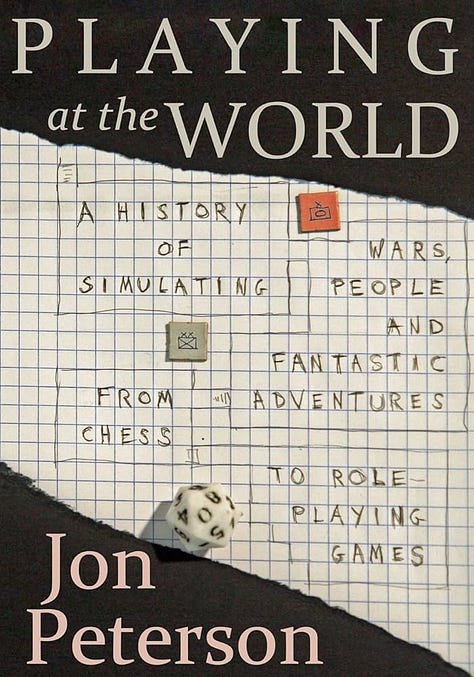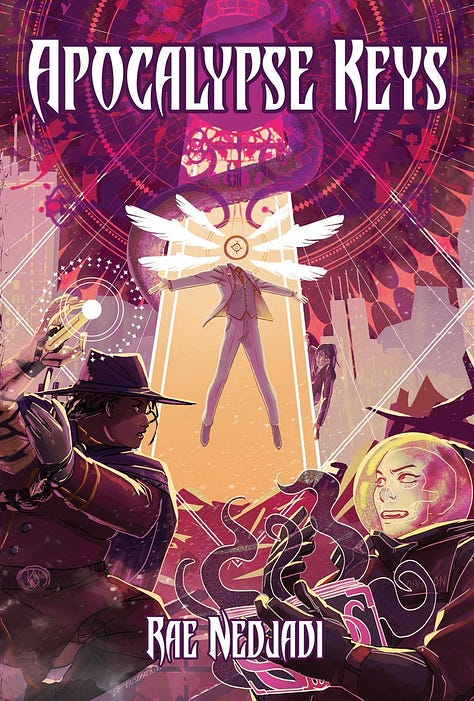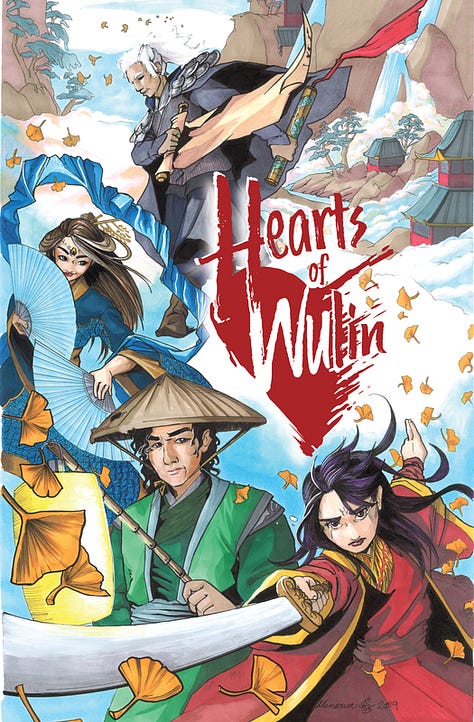


Continuing on with this week of meta-elements, I want to talk about ttrpgs and history. In the 21st Century, Old School Renaissance games would focus on the "Appendix N." As Dungeon Crawl Classics tells it, “Appendix N is the list of books that inspired Gary Gygax to create D&D. This bibliography first appeared as an appendix in the AD&D Dungeon Master’s Guide—specifically, Appendix N—which is why the list is known by that name...The books in Appendix N are a who’s-who of classic fantasy, sci-fi, and sword-and-sorcery fiction.” See this Goodman Games page here.
That’s a useful read for non-game sources. These dtories show where Gygax got the inspiration which helped him reshape the material he and Arneson had developed. If you want to bore down to the absolute specifics, Jon Peterson’s Playing at the World, hunts down many of the specific fictional sources and how they impacted design choices and art.
Peterson’s work is a real ludography, pulling together the various game design streams existing at the time and showing how they provided a foundation for what would become role-playing games. He analyzes the importance of Kriegspiel, play-by-post Diplomacy, and more to the community which would eventually arise. Is it useful for playing D&D (and its descendants)? Probably not unless you’re fetishizing originalism in ttrpg play.
But when I’m looking through a game, I appreciate when the designer spends time talking about their game sources. A bibliography is great– telling me the movies, comics, and novels which inspired the game helps. It helps center me on what the designer feels is the tone and genre we’re going to be engaging in. I can read the rules through the lens of those tropes– and I can often find something new to read. Sometimes it will tell me that a game isn’t really for me– or that the expectation set by the blurb isn’t quite what the game actually aims for.
But a ludography, a list of games (ttrpg and otherwise), is also really interesting to me. By this point there’s a huge body of work out there– some of it completely vanished. I appreciate these kinds of lists for three reasons. First, seeing what kinds of games the designer feels have operated in similar spaces. A game which cites Monster of the Week and Buffy: The Roleplaying Game, but not Hunter the Reckoning tells me something about the expected play.
Second, it can offer an acknowledgment of other games. If your rpg is about vampiric lives, power-plays, and coteries, ignoring the legacy of Vampire & World of Darkness feels a little disingenuous and a 1990s/2000s. By that I mean the host of copycat games where designers would deny any inspiration or influence from earlier rpgs. It was weird but I remember it happening more times than I would have expected. I also like this citation better than bashing other games (something we see less of these days in blurb text).
Third, it can give me a sense of the mechanical evolution of your game. It shows what kinds of systems it might draw on or the designer might have seen. That’s particularly useful for games building on a core system like Powered by the Apocalypse or Forged in the Dark. That can offer some context for the system choices. The “Gratitude” page at the back of Apocalypse Keys does a dynamite job of this. Though I can’t find it right now, Marshall Miller for a long time was doing meta-work with this– asking PbtA designers about their sources and inspirations. The +1 Forward Podcast also made this a cornerstone of their work.
But there’s another kind of tangential ludography I want to talk about, more important to me than these earlier forms. The “what’s different?” entry in ttrpg books. If I’m reading a second, revised, accelerated, or whatever version of a game: tell me what has changed. Reference the earlier game and talk about the design choices you’ve made. If it is just about adding in lore or expanding the timeline, that’s fine. But tell me so I’m not hunting through for the mechanical differences. Clearly the designer and/or publisher had some reasons for needing a new edition. They should be proud of those– and make clear how substantial they are. And if it is just a 1.5 with some errata corrections, they should be willing to say that. Buyers shouldn't feel like they’ve been tricked. Honestly when I see a new edition or version, this is the first thing I look for.
The other version of “what’s different?” comes from games working with an established system or OGL. If you are writing a PbtA or FitD game, it's super helpful to me as a reader if you tell me how your version of the system varies from the “core” or at least the typical version. This doesn’t have to be exhaustive, but I think it is important. If your game doesn’t have stats, does away with stress, inverts the rolling, etc. If I’m coming in with some system expectations from having played these kinds of games before, what should I be looking out for? I put two pages talking about this early on in Hearts of Wulin. Again, it is something I look for when I’m checking out new games.
(h/t to Evan Torner who has talked about the importance of ludographies before).



